A year ago, we wrote about Jonty Hurwitz and his unique anamorphic artworks, which can only be seen in the reflection of a mirrored cylinder. Jonty and István Orosz revived the technique created in the late Renaissance (16th century) and became famous. We’ve begun to see more of this type of art, so we thought it was time to look at some of the best examples.
What’s interesting about these anamorphic pieces is that most of them look like rubbish without a mirror cylinder. The reflected image will reveal only a guess of some distorted images. You could probably even use this technique to pass a message on to a fellow secret agent.
Hurwitz says he creates his art by scanning a three-dimensional object and then using special software to develop new physical forms, but each artist has his technique. Get ready to be amazed!
Lisa Mallinson (left), István Orosz (right)
William Kentridge (left), István Orosz (right)
What Are Anamorphic Arts:
Anamorphic artworks are a fascinating visual art form that dates back to the Renaissance. These works are created with distorted images that reveal their proper form when viewed from a specific angle or with the help of a reflective device such as a cylindrical mirror. The distorted images may appear as a jumble of colors and shapes when viewed directly, but when seen from the correct vantage point, they transform into detailed and realistic depictions. Artists use this technique to create optical illusions and surprise viewers with their creations’ hidden beauty and complexity. Anamorphic artworks require careful planning and precise execution to achieve the desired effect, making them a captivating and impressive form of artistic expression.
Like what you’re reading? Subscribe to our top stories.



















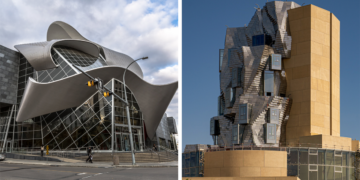

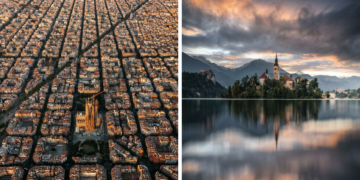




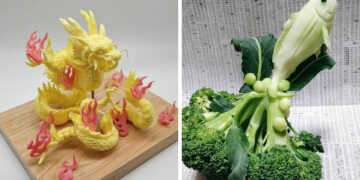

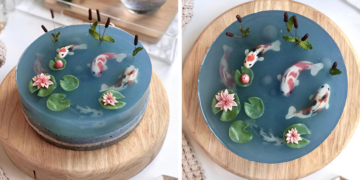

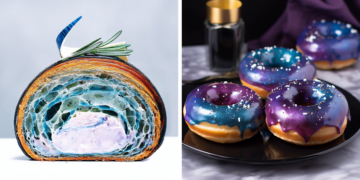






























Discussion about this post